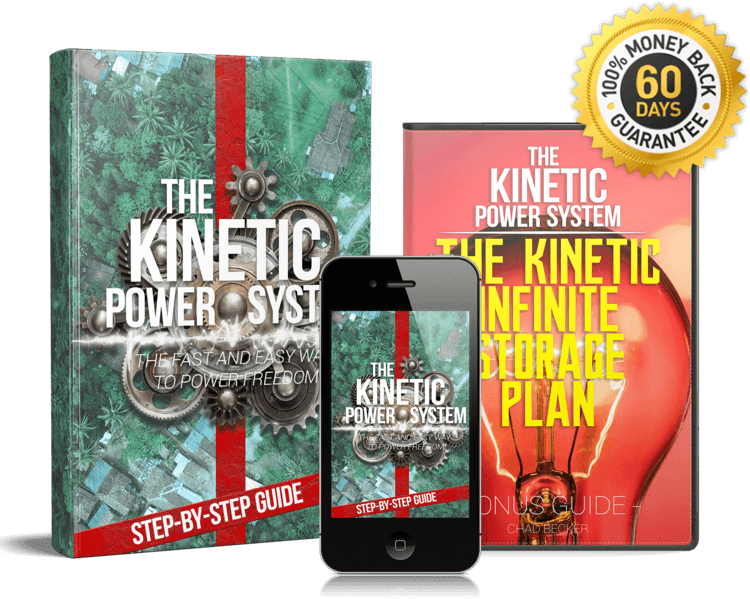The Revolutionary Kinetic Power System: A Sustainable Energy Solution
As the world shifts towards renewable energy sources, the Kinetic Power System has emerged as a groundbreaking technology that offers a sustainable solution to our energy needs. Harnessing the power of motion, this innovative system is changing the way we think about power generation.
The Benefits of Kinetic Power Systems
One of the key advantages of the Kinetic Power System is its ability to generate electricity from natural movements. Whether it’s wind, water, or human motion, this system can capture kinetic energy and convert it into usable power. This makes it an ideal choice for remote areas or off-grid locations where traditional power sources are not viable.
Furthermore, The Kinetic Power System is eco-friendly, producing clean energy without harmful emissions or pollutants. By reducing our reliance on fossil fuels, this technology helps combat climate change and promote a more sustainable future.
How Does The Kinetic Power System Work?
The Kinetic Power System operates on the principle of converting mechanical energy into electrical energy. When an object is in motion, it possesses kinetic energy. This system captures that energy through specialized mechanisms such as turbines or generators, which then convert it into electricity.
For example, in a wind-based Kinetic Power System, the movement of air causes the blades of a turbine to spin. This rotational motion is then transformed into electrical power through a generator, providing a renewable energy source.
Frequently Asked Questions About the Kinetic Power System
1. How efficient is The Kinetic Power System in generating electricity?
The efficiency of the Kinetic Power System varies depending on factors such as the location, type of motion, and system design. However, on average, these systems can convert kinetic energy into electricity with an efficiency ranging from 30% to 70%.
2. Can the Kinetic Power System be used in urban areas?
Yes, Kinetic Power Systems can be implemented in urban environments, such as incorporating kinetic tiles in sidewalks to capture foot traffic energy or utilizing rooftop wind turbines to harness wind energy in cities.
3. Is the Kinetic Power System cost-effective compared to traditional power sources?
While the initial investment in a Kinetic Power System may be higher, the long-term benefits in terms of energy savings and environmental impact make it a cost-effective choice in the sustainable energy sector.
4. How reliable is the Kinetic Power System in adverse weather conditions?
Kinetic Power Systems are designed to withstand various weather conditions, with built-in safety features to protect the system during storms or extreme winds. Proper maintenance and installation play a crucial role in ensuring system reliability.
5. Can individuals order and install the Kinetic Power System for personal use?
While larger-scale Kinetic Power Systems are typically deployed for commercial or community purposes, there are smaller versions available for residential applications. Individuals interested in installing a Kinetic Power System can explore options with authorized distributors or manufacturers.
In Conclusion
The Kinetic Power System represents a leap forward in sustainable energy technology, offering a clean and efficient alternative to traditional power sources. By harnessing the power of motion, this innovative system has the potential to revolutionize the way we generate electricity and pave the way for a greener future.
For those looking to embrace renewable energy and reduce their carbon footprint, the Kinetic Power System is a promising choice that combines environmental benefits with practical energy solutions.


